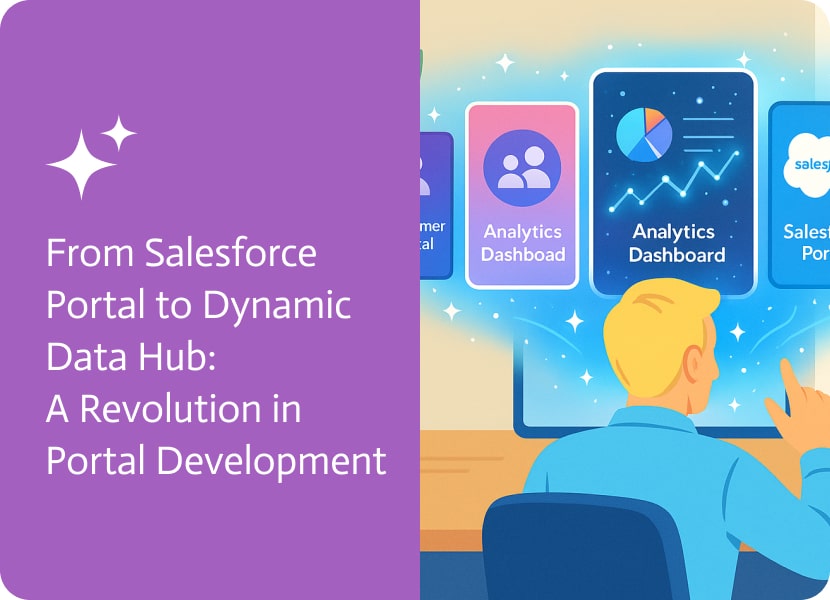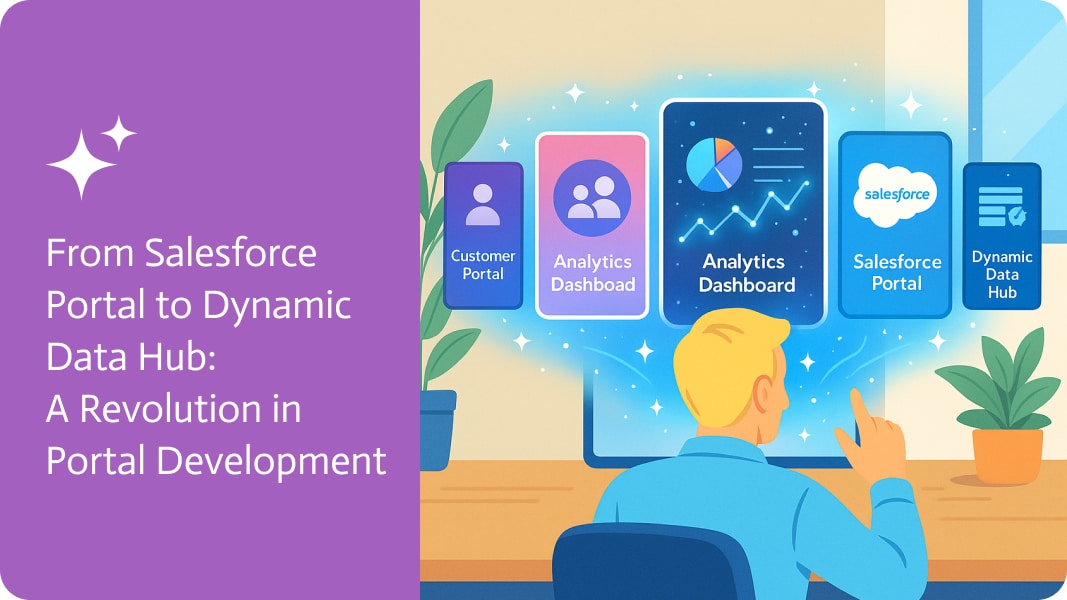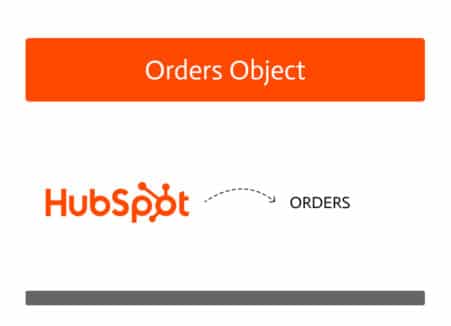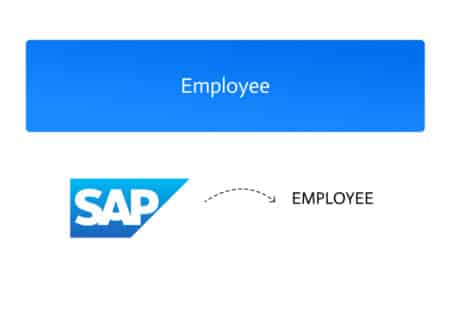

From Salesforce Portal to Dynamic Data Hub: A Revolution in Portal Development
Building a portal that lets users create, read, and update data is a fundamental need for many businesses, but this has always had the potential to be a pain. It usually means a lot of coding, setting things up to work together, and testing to ensure the smooth and efficient flow of data. But now, there’s a cool new way to do it using AI and just a single, detailed prompt. This method, combined with an AI automation agent, turns a simple portal into a two-way system, letting users change a record and see the updates happen right away. And the best part? It’s way faster and easier than before.
This article is all about how to make a Salesforce portal way better. We’ll look at how a developer can take a basic portal and turn it into a sophisticated, fully interactive experience, cutting development time from days or weeks down to just minutes, saving tons of time.
The Goal of A Dynamic Bidirectional Salesforce Portal
We want to go beyond just a portal that shows data, enabling a user to:
- View a specific record’s details: Display every piece of information from a Salesforce record in a way that’s easy to read.
- Update the data: Allows the user to make changes to the record’s fields directly from the portal interface.
- Write back to Salesforce: Instantly save those changes in the Salesforce org without delay.
To keep things simple for the user, we’re using pop-up windows. The modals show information in a way that’s not overly complex, so users can focus on individual tasks.The key modal in this case is the “Application Details” modal, which will be the focus of the demonstration. This makes the entire app easier to use and modify in later stages.
The Power of a Single, Comprehensive Prompt
The secret to making this all work so well is one simple instruction. Instead of having to write code, the developer constructs a detailed instruction for the AI builder. This prompt is a blueprint for the functionality and can be categorized into four parts:
- Field Removal: First, we clean up the existing modal by removing unnecessary default fields. This new design prevents a cluttered interface and focuses the user on what’s important.
- Field Replacement and Categorization: New, more relevant fields are added, pulled directly from the Salesforce object. Then, organize info into groups to make it easier to find. The instruction tells the AI where to find this information in Salesforce and what type it is.
- Tell It What to Do: Here we tell the AI how the portal should work. We tell it to prepopulate all fields from Salesforce using a specific record ID and what to do when the user clicks save. This is the most important part because it makes the portal interactive.
- Make It Look Good: The last part is to make sure the window looks good on all devices and matches the project’s style. This makes sure the user has a good experience no matter what they’re using.
How AI Executes And Maps Salesforce Data Automatically
Once the prompt is executed in the web app builder, AI does all the work. The builder automatically performs two critical actions:
- Find the Data: It finds all the information we need from Salesforce and puts it into the right fields in the modal.
- Update Action: It sets up a way to update the Salesforce record with any changes the user makes in the portal.
The AI automatically maps the fields, which means the developer’s only job is to confirm that the mapping is in fact correct. This automatic mapping capability is a major time-saver, eliminating the tedious, manual work of connecting each field between the portal and Salesforce. This process, which once required hours of configuration, is now reduced to a simple click-and-confirm step.
Bidirectional Capability in Action
With the new window set up, we can see how the two-way connection works:
- Reading Data: When a user opens a record, the modal instantly, automatically shows the latest information from Salesforce.
- Updating and Saving: A user can then modify any of the fields. For example, changing the proposed budget or adding a note.
- Real-Time Updates: When the user clicks “Save,” the changes are written back toSalesforce in real time. A quick refresh of the Salesforce record shows the updated data immediately. This instant synchronization is a significant advantage, ensuring info accuracy and eliminating delays.
- Smart Features: The AI-generated modal even includes pre-built conditional logic, such as showing or hiding fields based on a user’s selection. This makes the portal easier to use thanks to its intuitive nature.
- Track Progress: The completed badge helps users see how far they’ve come on different parts of the application. This simple yet effective design ensures managing complicated jobs is a cinch.
This demonstration proves that a complex, bidirectional portal is no longer a multi-day development effort. It can be built and deployed in minutes, significantly speeding up the entire process and giving users a more robust solution. It also makes it even simpler for those with less coding knowledge to build sophisticated, data-driven portals. The next step is to raise the complexity even further by managing one-to-many relationships, demonstrating how a single prompt can manage multiple related records within the same portal.


